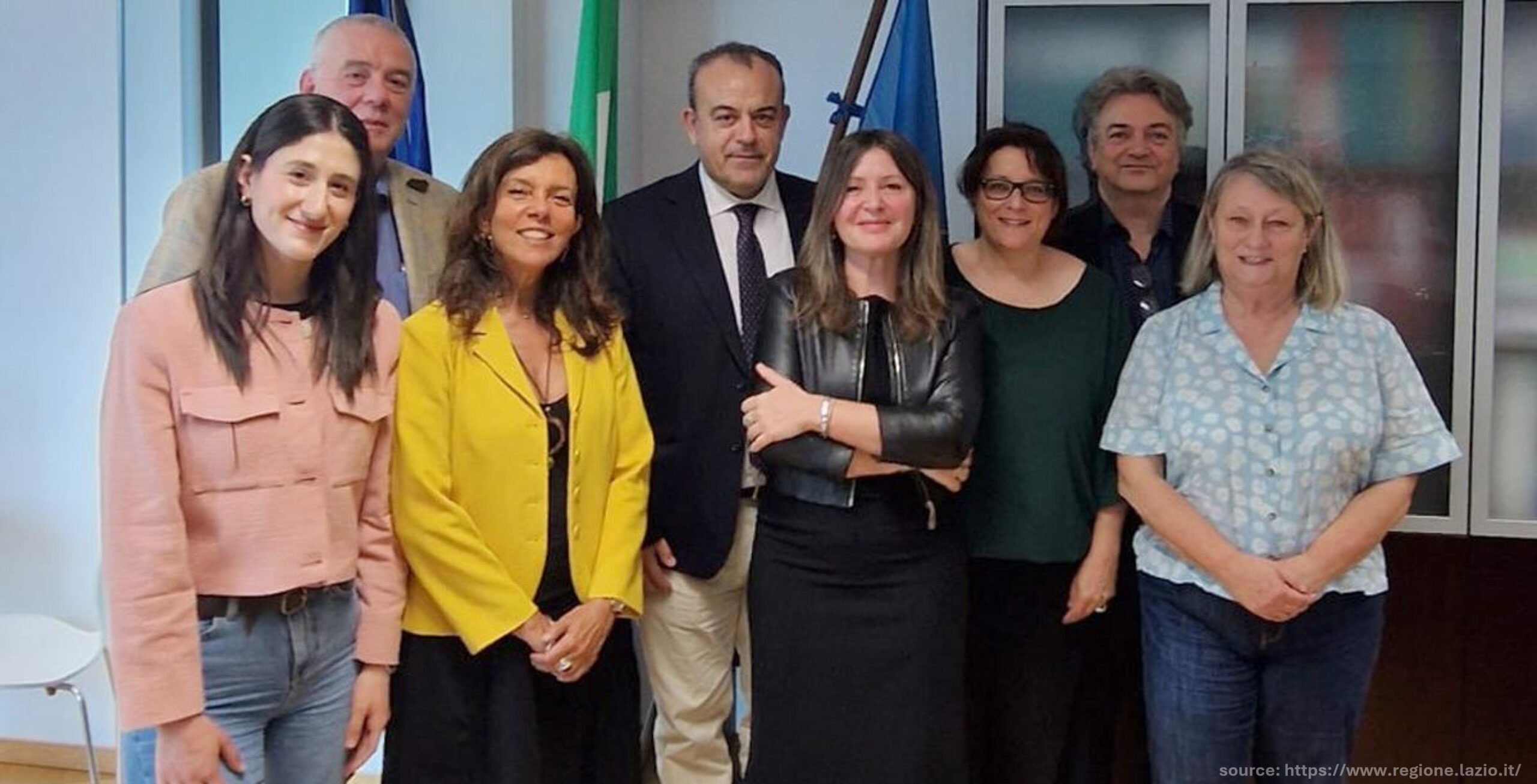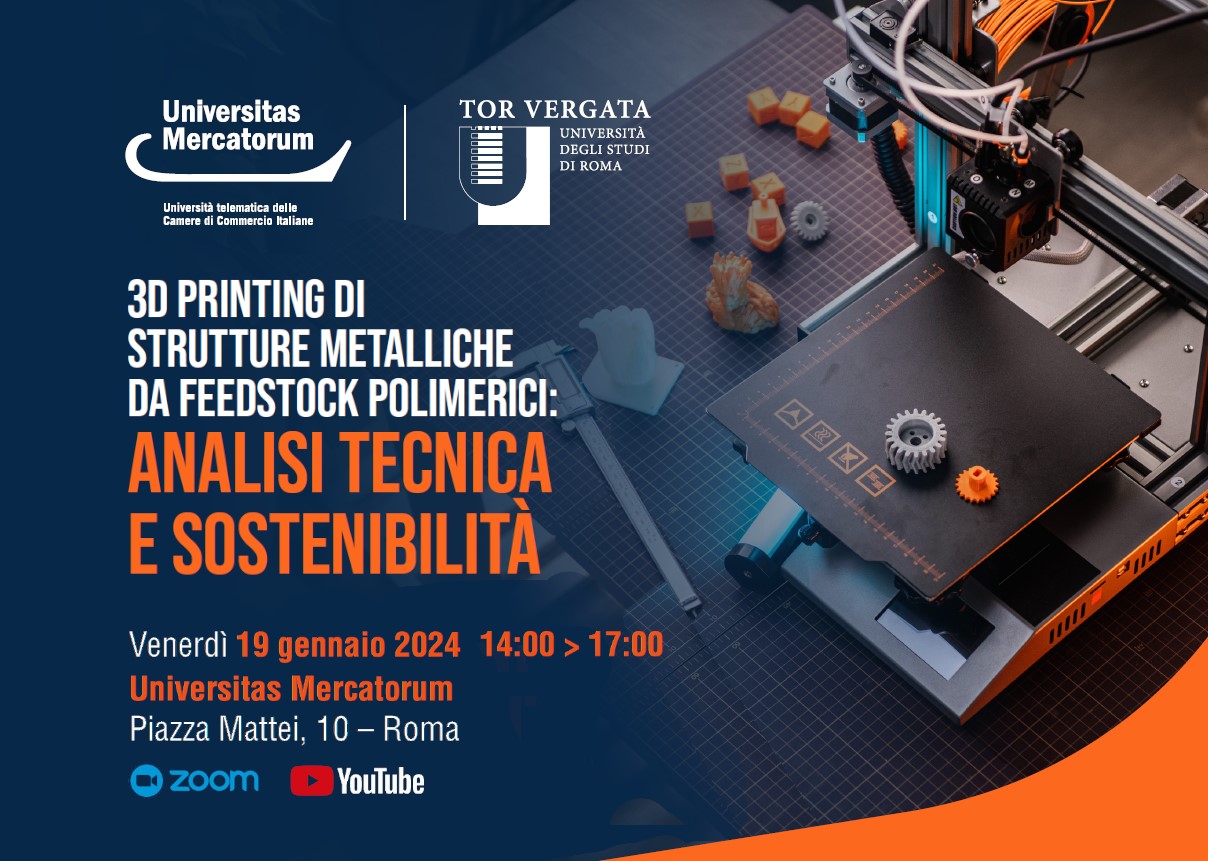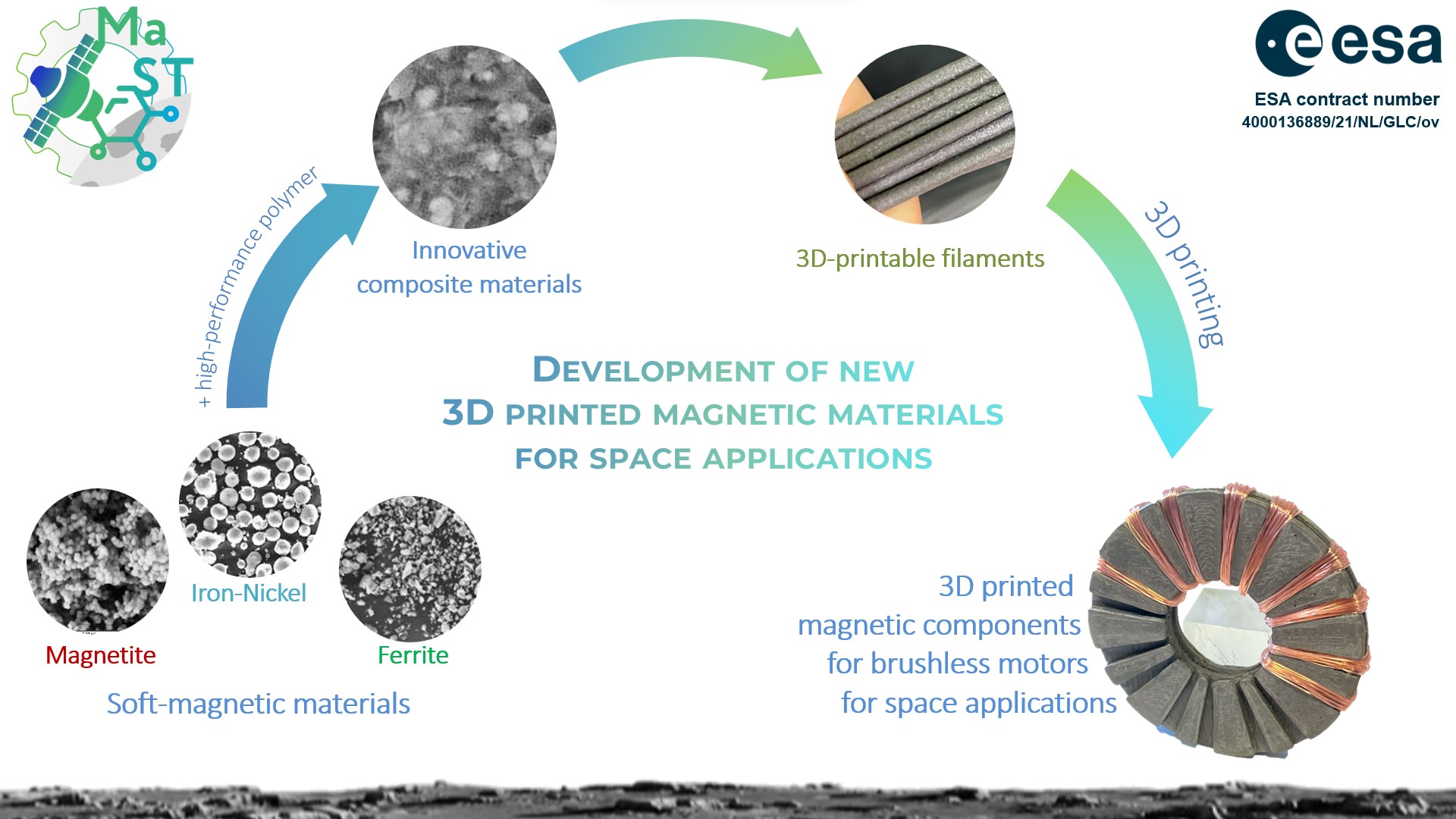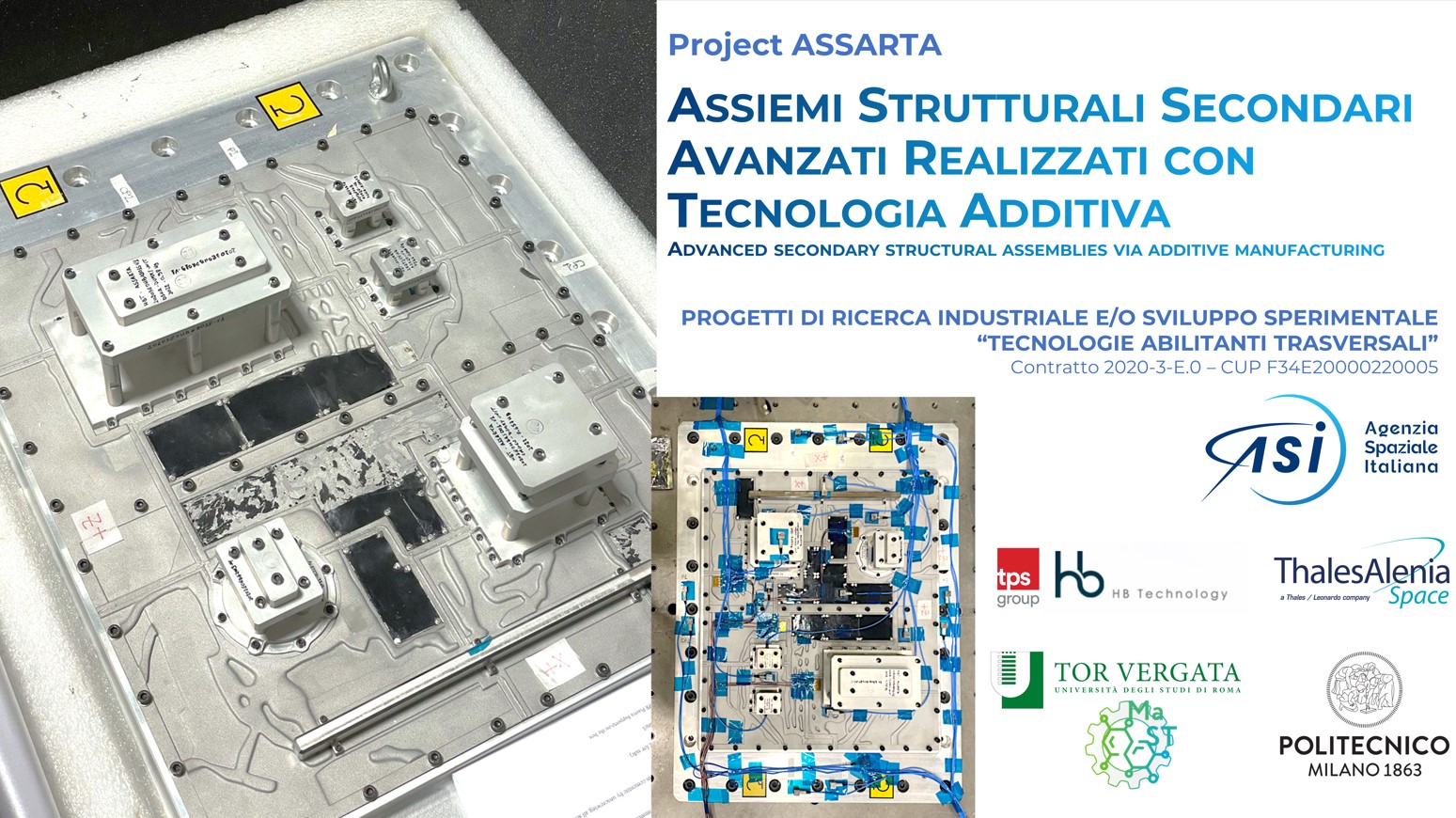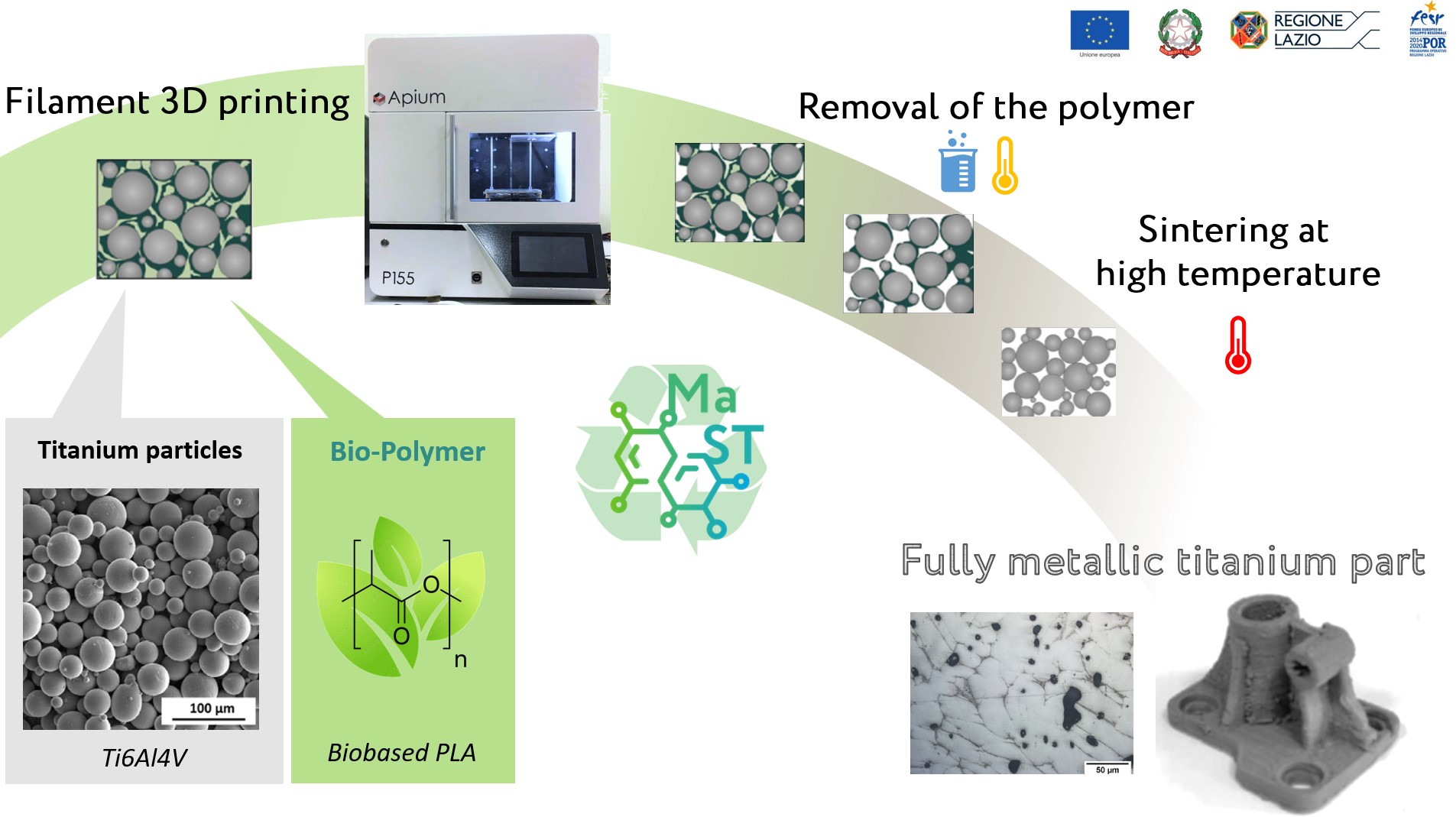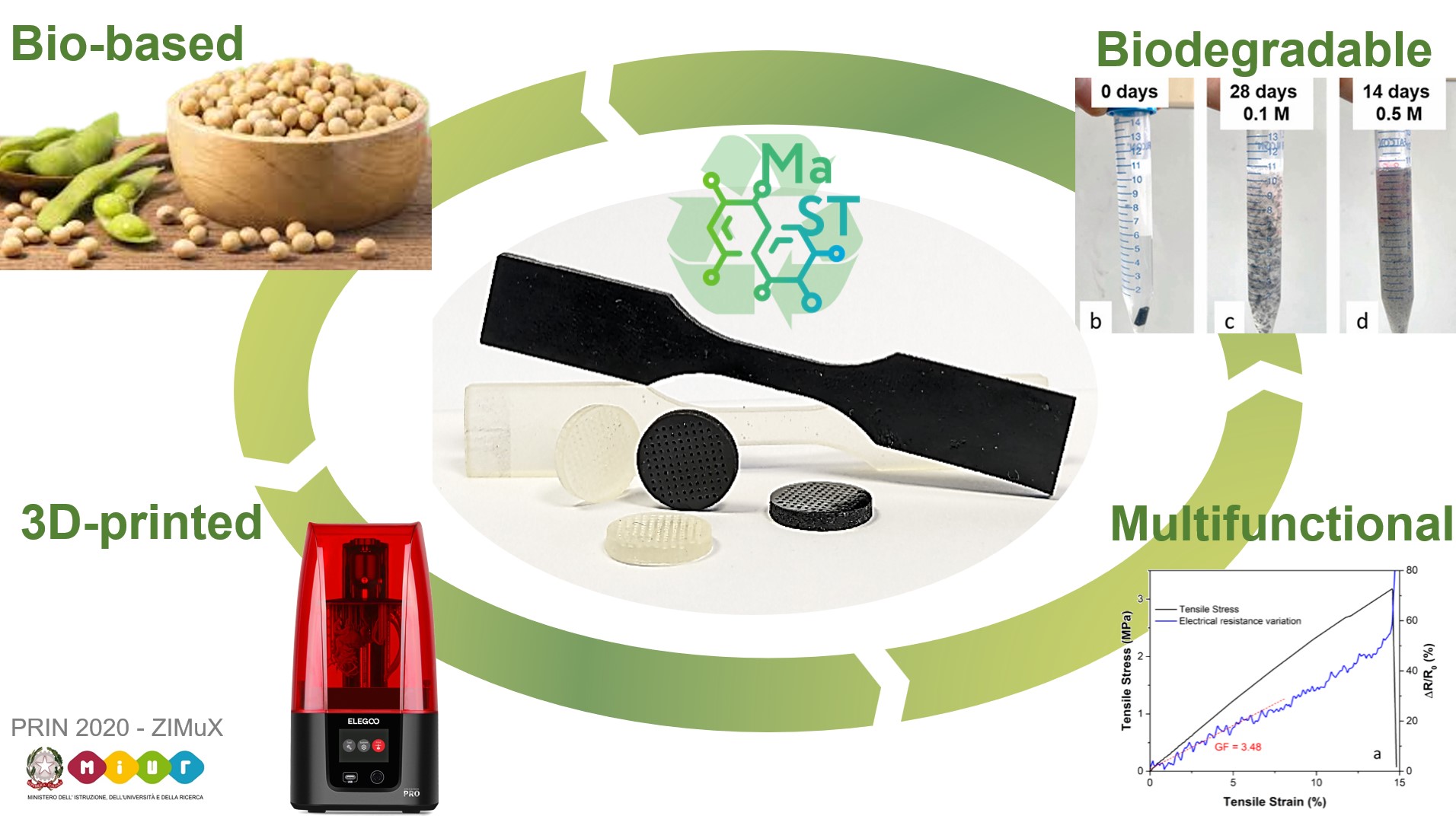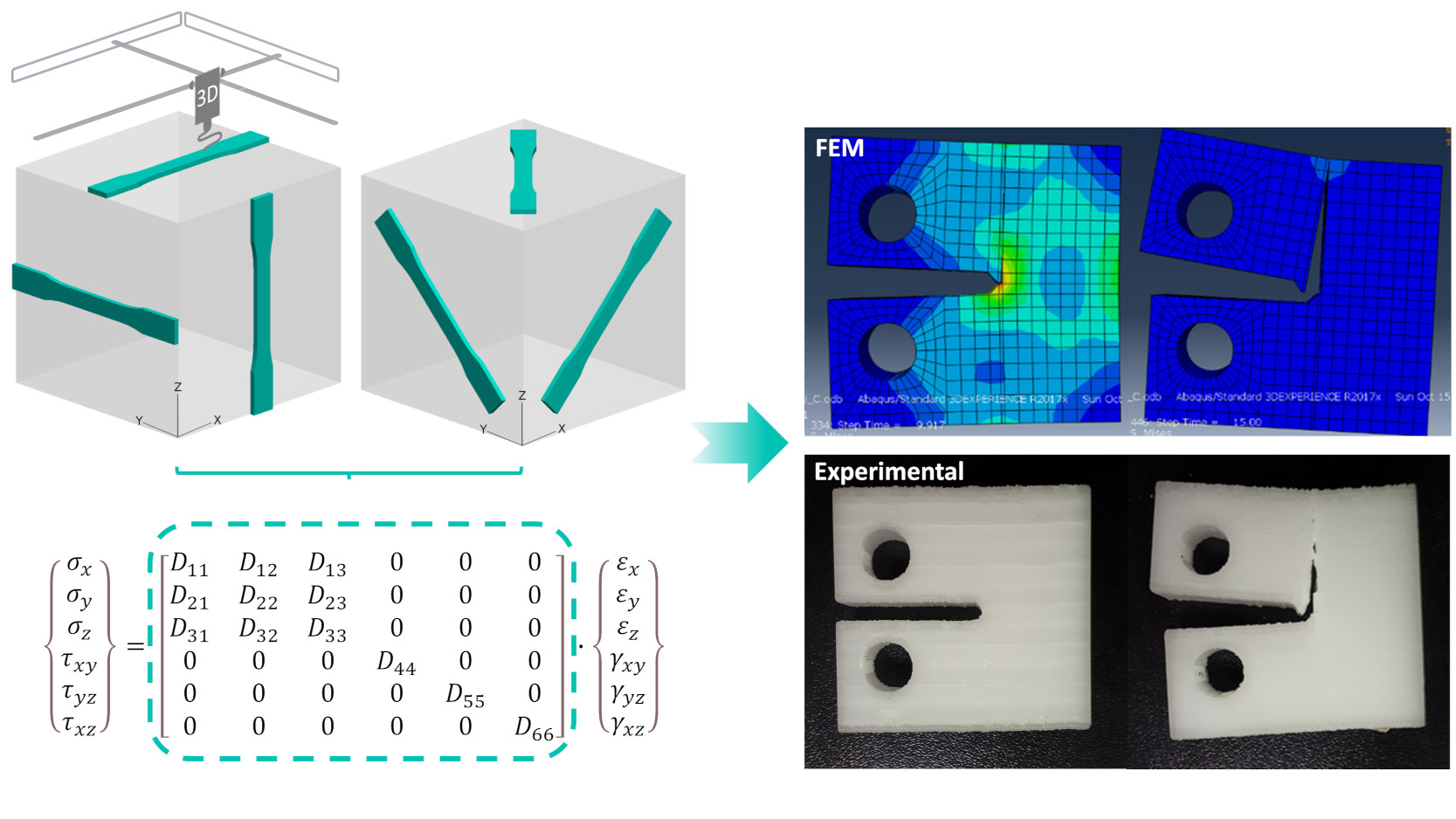[Source: News post on Regione Lazio website, italian language] CLOSER (Circular raw materiaLs for European Open Strategic autonomy on chips and microElectronics pRoduction) is a project selected for funding under the call Interregional Innovation Investments (I3) Instrument by the European Commission, for a total of 14 millions euro. CLOSER has the objective of contributing to […]
Author : Lorenzo Paleari
The Role of 3D printing in the Biomedical sector
When we think of 3D printing, we might envision a printer-like device producing three-dimensional objects with various applications, such as creating prototypes, customized products, or even intricate works of art. But 3D printing is much more than that! Additive Manufacturing (AM) is a family of techniques, commonly known as 3D printing, which can produce objects […]
Metal 3D-printing Workshop
L’Università Mercatorum e Università di Roma Tor Vergata presentano il workshop “3D printing di Strutture Metalliche da Feedstock Polimerici: Analisi tecnica e sostenibilità“. Il workshop esplorerà la stampa 3D di metalli, come il Titanio, a partire da filamenti con binder polimerico, oggetto del progetto 3D-PolMet finanziato dalla Regione Lazio, “Progetti di Gruppi di Ricerca 2020” […]
ESA OSIP Project conclusion!
🚀 Exciting News: Another Project Concluded! 🛰️ We are thrilled to share the successful wrap-up of Project OSIP, funded by the European Space Agency via the Open Space Innovation Platform! Our focus? To develop new 3D-printable magnetic materials for #space applications. 🌐 In particular, we developed composite materials based on soft magnetic fillers (potentially sourced from resources on the Moon’s surface) […]
Project ASSARTA conclusion!
🚀 Recently wrapped up research project! 🔬 Project ASSARTA (“Assiemi strutturali secondari avanzati realizzati con tecnologia additiva”, or in english “Advanced secondary structural assemblies via additive manufacturing”) was just successfully completed. With funding from Agenzia Spaziale Italiana and led by HB Technology S.R.L., we collaborated with amazing partners Thales Alenia Space and Politecnico di Milano to develop a topologically optimized 3D-printed aluminium […]
Filament 3D-printing of Titanium from biobased feedstock
In our latest paper, published in Elsevier’s Journal of Materials Research and Technology, we report on the filament 3D-printing of Titanium using biobased feedstock! 3D-printing of metals, which allows for complex geometries unattainable with traditional techniques, is generally carried out via Powder Bed Fusion (PBF) techniques, which are, however, extremely expensive and present additional difficulties […]
Biodegradable and self-monitoring biobased resin 3D printing
New article out! In our latest publication in Elsevier’s Composite Science and Technology journal, we present the development of 3D-printable biobased resins which are biodegradable and multifunctional. Soybean oil, which has been modified by epoxidation and acrylation (AESO), and carbon nanotubes were combined into UV-curable composite resins that were 3D-printed using the DLP technique. The […]
New instruments in our facilities
Our facilities are always in continuous expansion to support new projects, new analysis and new materials. Let’s welcome our new arrivals in the MaST labs: Cold-plasma gun The Piezobrush PZ3 handheld plasma gun by Relyon Plasma is capable of producing cold (<50°C) active plasma at atmospheric pressure for the surface treatment of materials. The plasma […]
ECNP conference in Łódź (Poland)
The 11th ECNP (European Centre for Nanostructured Polymers) conference has just concluded! 🌏 Our group joined European researchers in the welcoming Politechnika Łódzka (Poland) for four days of fruitful and stimulating presentations and posters! We had the honour to present some of our humble research works: A great thanks to the ECNP organising committee for the amazing job and […]
Modeling the fracture behavior of 3D-printed PLA as a laminate composite
New paper out! In our latest paper published in Elsevier’s Composite Structures journal, we investigate the numerical simulation of the failure mechanism of 3D-printed structures by modelling them as laminate composites. The use of a statistical approach (Anova) allowed us to analyse the influence of 3D-printing parameters on the mechanical properties and tune the Finite […]


